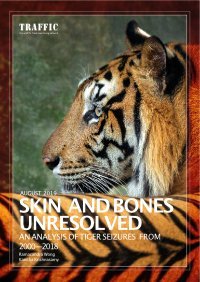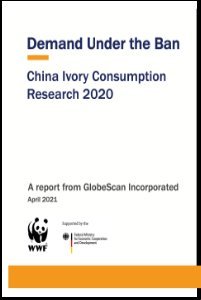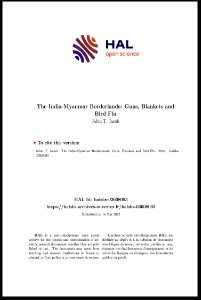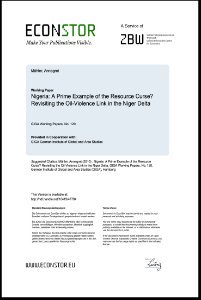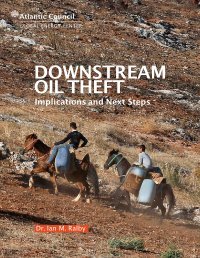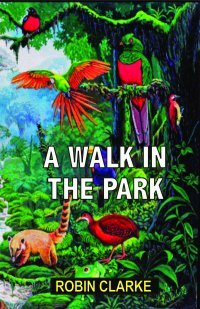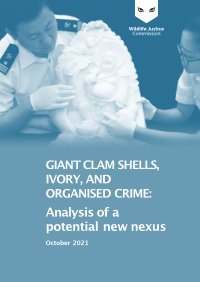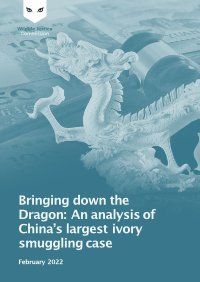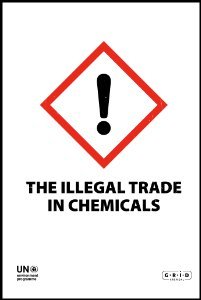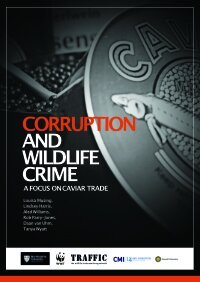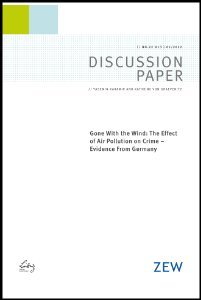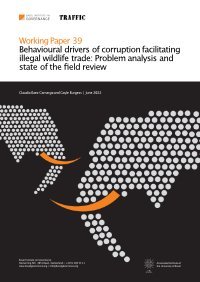By Financial Action Task Force
The illegal wildlife trade (IWT) is a major transnational organised crime, which generates billions of criminal proceeds each year. IWT fuels corruption, threatens biodiversity, and can have a significant negative impact on public health and the economy. To move, hide and launder their proceeds1 , wildlife traffickers exploit weaknesses in the financial and non-financial sectors, enabling further wildlife crimes and damaging financial integrity. Despite this, jurisdictions2 rarely investigate the financial trail left by this crime. 2. The Financial Action Task Force (FATF), as the global standard setter on antimoney laundering (AML), countering the financing of terrorism (CFT) and countering proliferation financing (CPF), is concerned about the lack of focus on the financial aspects of this crime, and has conducted this study to support jurisdictions to combat related money laundering. The FATF Standards (i.e. 40 Recommendations) provide a useful framework for jurisdictions to address these threats by strengthening their national laws, policies, and co-operation at the domestic and international level. 3. This is the FATF’s first global report on IWT. It builds on previous studies by two of the FATF-Style Regional Bodies (FSRBs), work by other international bodies and recent initiatives by the private sector. This study by the FATF makes a unique contribution by assessing the money laundering (ML) aspects of wildlife crimes, and by demonstrating how jurisdictions should apply the FATF standards to combat IWT. The findings in this report are based on inputs from around 50 jurisdictions across the FATF Global Network, as well as expertise from the private sector and civil society. This study highlights that jurisdictions should view the proceeds generated by IWT as a global threat, rather than as a problem only for those jurisdictions where wildlife is illegally harvested, transited, or sold. In particular, criminals are frequently misusing the legitimate wildlife trade, as well as other import-export type businesses, as a front to move and hide illegal proceeds from wildlife crimes. They also rely regularly on corruption, complex fraud and tax evasion. Another key theme of this study is the growing role of online marketplaces and mobile and social media-based payments to facilitate movement of proceeds from wildlife crimes. These trends highlight the increasing importance of a coordinated response from public authorities, the private sector and civil society to identify and disrupt financial flows from IWT.
Paris: Financial Action Task Force (FATF)., 2020. 72p.



